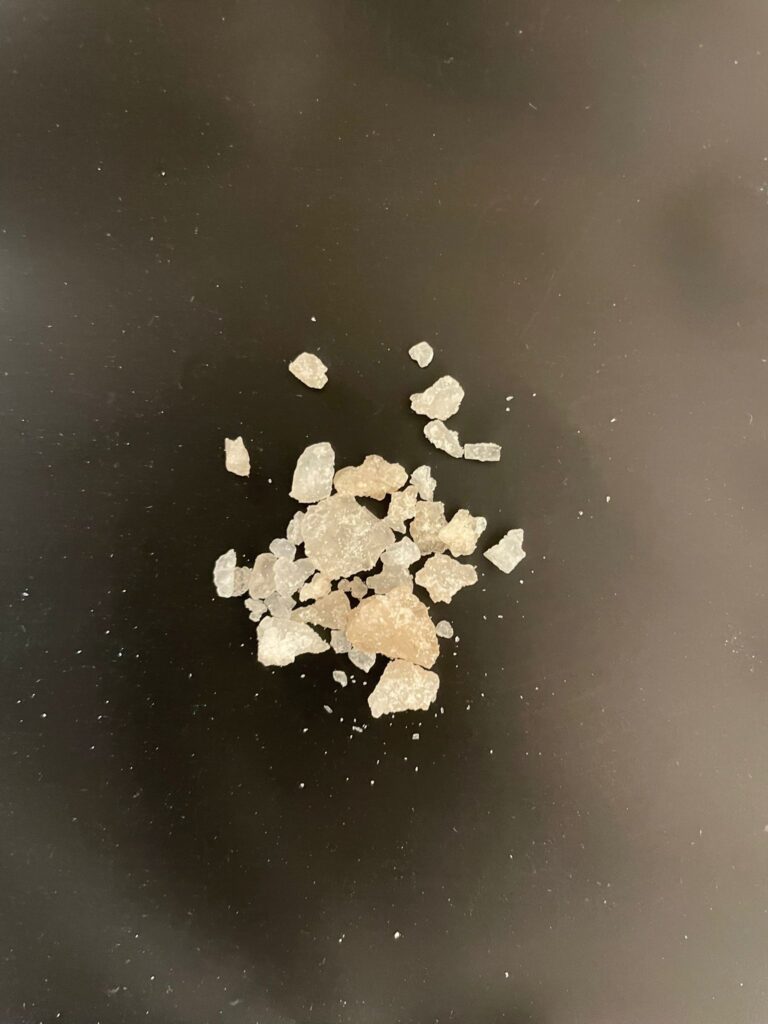Definition and Background Information
Tilmetamine is a dissociative anesthetic classified as an NMDA receptor antagonist. It is chemically related to ketamine and is used in research settings for its ability to induce dissociative states. Tilmetamine’s effects are dose-dependent, ranging from mild dissociation to full anesthesia.
Effects of Tilmetamine
-
Dissociation: Users report feeling detached from their body and surroundings.
-
Sensory Detachment: It can cause perceptual distortions, including time dilation and changes in spatial awareness.
-
Analgesia and Amnesia: At higher doses it induces analgesia and amnesia.
-
Hallucinations: It can cause vivid hallucinations, particularly at higher doses.
Hazard Indications
While tilmetamine is valuable in research, it poses risks:
-
Cardiovascular Effects: It can cause transient increases in blood pressure and heart rate, posing risks for individuals with pre-existing cardiovascular conditions.
-
Respiratory Depression: High doses or combination with other CNS depressants can lead to respiratory depression.
-
Psychological Effects: Hallucinations, anxiety, confusion, and agitation can occur, especially during emergence delirium.
Safety Recommendations
To handle tilmetamine safely:
-
Proper Dosing: Ensure the correct dose is used based on the organism and intended effects.
-
Monitoring: Continuously monitor cardiovascular and respiratory function during administration.
-
Supportive Care: Provide a calm environment during recovery to minimize emergence delirium.
-
Storage: Store in a cool, dry place, away from light and moisture.
Where to Buy Tilmetamine
If you are looking to buy tilmetamine for research purposes, pandachems.nl offers it as part of its range of dissociative anesthetics. We provide worldwide shipping from the Netherlands, ensuring discreet packaging and secure payment options. Always ensure compliance with local laws and regulations regarding research chemicals.
For more detailed information on tilmetamine, visit scientific databases and forums discussing dissociative anesthetics.




